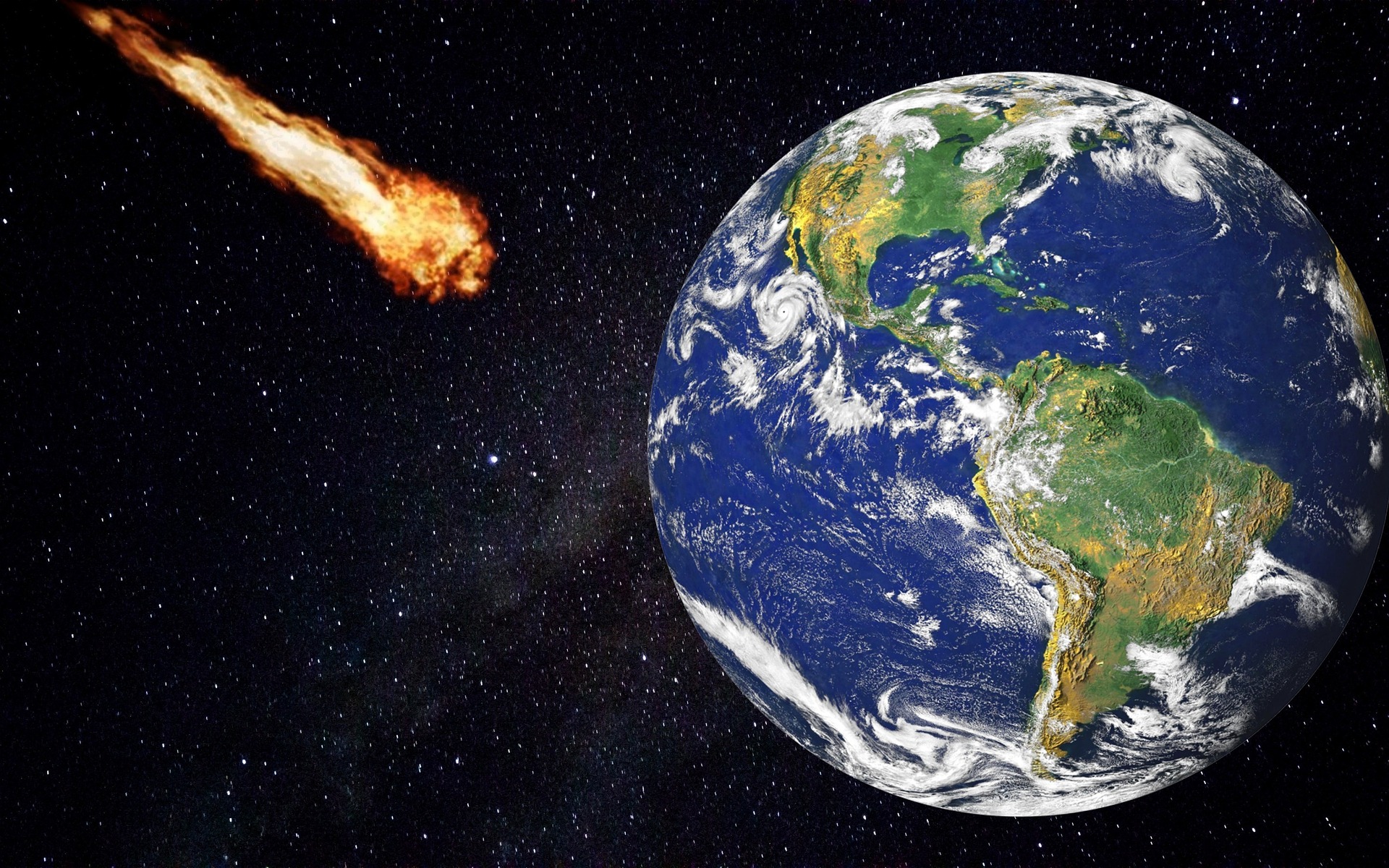A new asteroid discovered by NASA has researchers very intrigued. The asteroid, previously considered potentially dangerous, stands out for its oval shape, which is rare compared to other meteors.
Asteroid season seems to be in full swing at the moment. Although this asteroid has not landed on Earth, its unusual shape makes it very noticeable and looks just about to graze Earth.
The asteroid comes close to Earth.
“This is one of the longest near-Earth objects we have ever seen,” the U.S. National Aeronautics and Space Administration (NASA) testified in a press release. The asteroid is taller than the Empire State Building (381 meters high).
This space body came close to Earth in early February 2023 and is named 2011 AG5. The interesting thing about its analysis is not so much its dangerousness. However, it passed by Earth at high speed and a distance of 1.8 million kilometres, but its entirely original shape!
A very elongated cosmic rock
Thanks to the analyses of the Jet Propulsion Laboratory (JPL), a Californian astronomy research laboratory tracking the small star, we have learned much about its size and rotation. But it’s its shape that intrigues researchers the most.
That’s because “among the 1040 objects observed by planetary radar so far, this is one of the most elongated we’ve ever seen,” JPL senior researcher Lance Benner, who led the observations, said in a news release.
The special size
At 500 meters long and 150 meters wide, the 2011 AG5 observations show that the rock is highly elongated. The elongated cosmic stone also has a diameter of 70 meters.
According to astronomers, the oval asteroid would also have a concave hump on one of its hemispheres and several dark spots indicating its surface is not flat.
Paul Chodas, director at JPL, said 2011 AG5 became a small star very quickly. Because according to some calculations that analyzed its trajectory, it says: “It had a small chance of a future impact” on our Earth. Further, it is said: “Further observations of this object have ruled out the risk of impact, and these new telemetry measurements from the planetary radar team will help further refine the exact location of where it will be in the distant future.”
- source: gentside.de/picture: pixabay.com
This post has already been read 3934 times!



